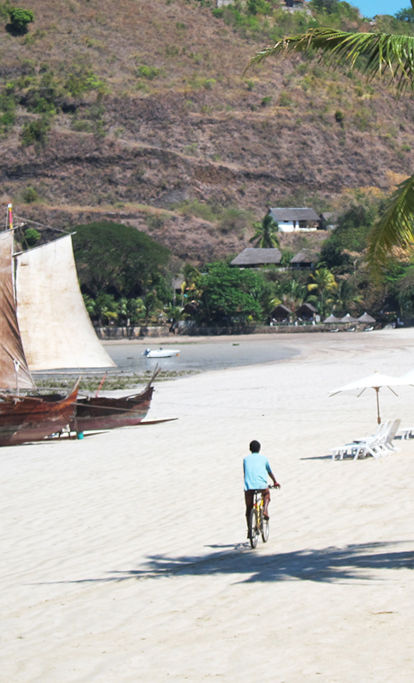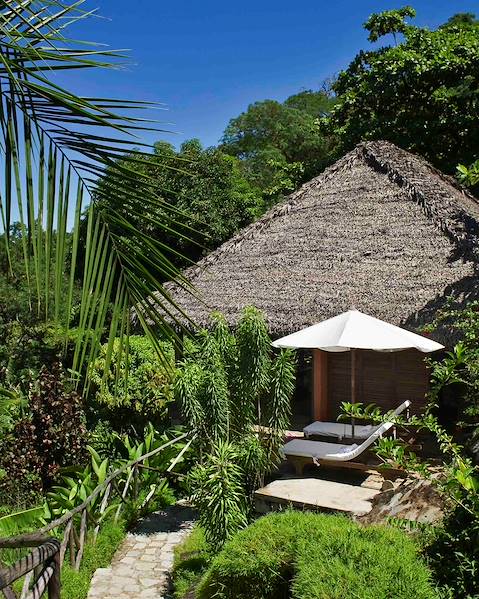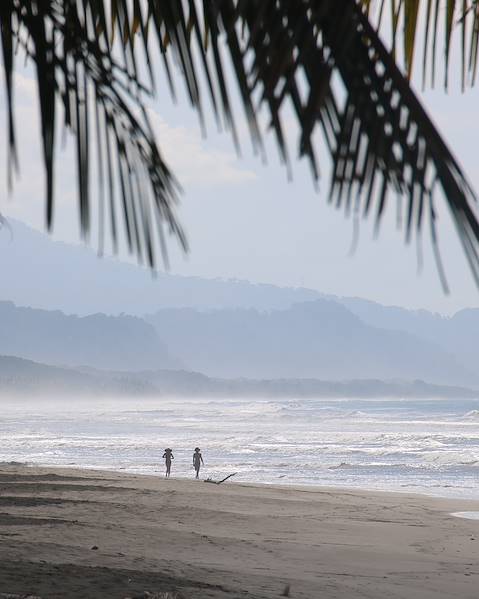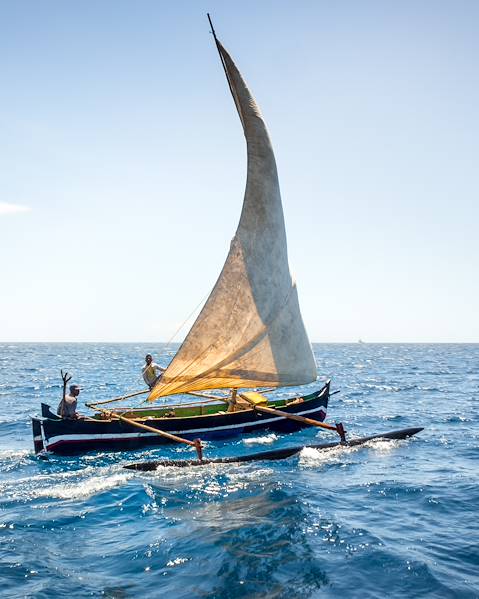Madagascar is the gem of the Indian Ocean and is brimming with culture, history and of course, lemurs. Beautiful beaches, age-old French heritage and an enormous array of wacky wildlife fills this little island, which although technically is part of Africa, seems worlds away. Head out for boat trips to spot whales or take a lesson in kitesurfing, before settling down with a glass of Malagasy wine or burnt rice water, if you’re feeling brave. Take a look at our guide of things to know before travelling to Madagascar so that you can make the most of this tropical paradise…
Climate and Weather in Madagascar
Madagascar’s climate is dominated by the Indian Ocean’s south-eastern trade winds, meaning the island has a clear seasonal cycle. Generally, November to March is hot and wet, with heavy rains lashing the eastern slopes and highlands, and vicious cyclones battering the east coast. April to October is considered to be winter and tends to be warm and dry with toastier weather along the coast at sea level. Although the temperature may be cooler than the soggy summer, this time of year is the best for sightseeing and potentially animal watching, although many go into hibernation. Finally, if whale watching is what you are after, then June to September is the season for you. Pods of humpbacks glide along the east coast on their northerly migration, so be sure to pack your binos and keep your eyes peeled for tail flukes and billowing steam in the distance.
Food and Drink in Madagascar
Traditionally, the Malagasy people eat a large amount of rice, overshadowing the surprisingly small amount of meat, vegetables and sauce they have with it. Zebu (beef) steak is usually a fail-safe choice when out and about in Madagascar and is usually served with a mouth-wateringly tasty green peppercorn sauce. Being an island, Madagascar also excels at fresh seafood, with all kinds of fish, lobster and shellfish dominating menus along the coastlines. Although Malagasy cuisine may not be hot and spicy, a chilli relish called sakay is always available to spice up any dish, but beware, it can be eye-wateringly spicy. If your mouth feels as though it is on fire, the best thing to wash it away with is traditional ranovola, burnt rice water, or even a shot of litchel (an aperitif made from lychees) if you’re feeling brave.
Language in Madagascar
The official languages of Madagascar are Malagasy and French. English is also spoken across the country and did a stint as an official language from 2007-2010 before being recalled.
Health and Safety in Madagascar
Theft, street crime and robberies occur often in towns and cities, in nature reserves and on beaches in Madagascar. Be wary of pickpockets and don’t touch suspect packages. Taking the usual sensible precautions is recommended, including locking doors and windows at night, avoiding isolated areas and beaches after dark, and leaving valuables and travel documents in a safe. There have been known to be armed robberies on main roads, particularly at night, so lock car doors and keep windows closed at all times, particularly in Antananarivo.
There tend to be seasonal outbreaks of plague that occur mainly during the rainy season, with around 500 cases reported annually. It is recommended that you only use bottled or boiled water and avoid ice in drinks. Antimalarial treatment is recommended.
Things to do in Madagascar
With over 80% of the flora and fauna in Madagascar found nowhere else in the world, a safari is the ultimate way to get to know this gloriously tropical country. Although under the large umbrella of Africa, a safari here could not be more different to a typical animal spotting adventure. Lemurs are of course the main attraction (queue King Julian and his posse of ring-tailed, aye-aye and mouse lemurs). The different breeds vary depending on where in the country you are. Be sure to keep an eye out for smaller creatures including chameleons, birds and myriad bugs and grubs. Baobab trees are also one of the area’s biggest hits. Amber Nation Park in the north is a must if you want to see a variety of different types of lemurs (up to eight can be found here), and Ankarana Reserve is great for tree frogs and nocturnal creatures as they light up the darkness.
It’s not just on land that you can expect exciting wildlife; head to the coast for an equally thrilling marine safari. Between June and September, the coastline of Madagascar is home to one of the most fascinating spectacles on the planet; large groups of humpback whales make their annual migration from Antarctica. The calm waters Ile St Marie are the ultimate place to spot them, and you may even catch a glimpse of calves nursing and playing.
Fort Dauphin is the ultimate spot for water sports’ lovers and adrenaline junkies; once the first French settlement on the island, now a hotspot for kite surfers. With around 300 days a year of wind, the ideal conditions for this action-packed sport are almost guaranteed. Enjoy a lesson before taking to the waves.
Transport in Madagascar
Cars drive on the right-hand side of the road but if you wish to drive in Madagascar you will need to get an International Driving Permit or apply to convert your driving licence to a Malagasy one. The road network is steadily improving, with several of the major routes being resurfaced in reasonable condition, give or take the odd pothole. Taxi brousse (bush taxis) are the most effective form of public transport but fares vary depending on how far you are travelling and how many passengers there are in the vehicle.
Additional Information
Useful phone numbers include:
· Police: 17 or 117 from a mobile phone (emergencies).
· Fire Brigade: 18 or 118 from a mobile phone.
· Gendarmerie: 19 or 119 from a mobile phone.
Taxi fares should be agreed on before travelling. Tipping is becoming increasingly normal in touristy areas (about 5%). The drinking age is 18 years old.
















